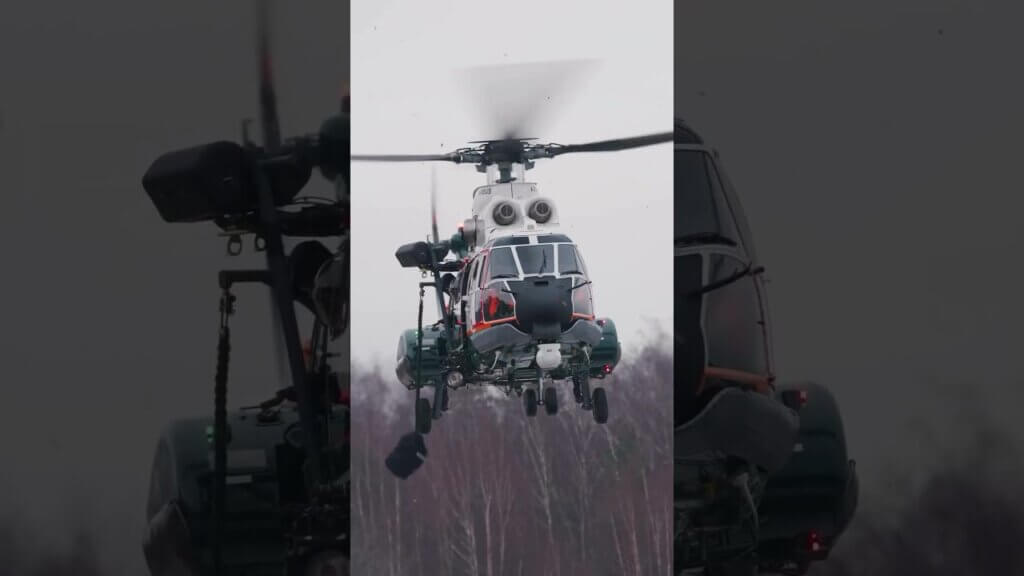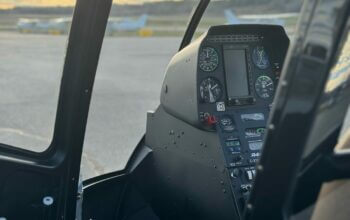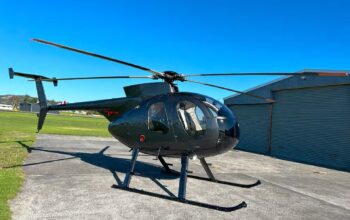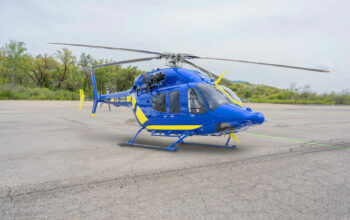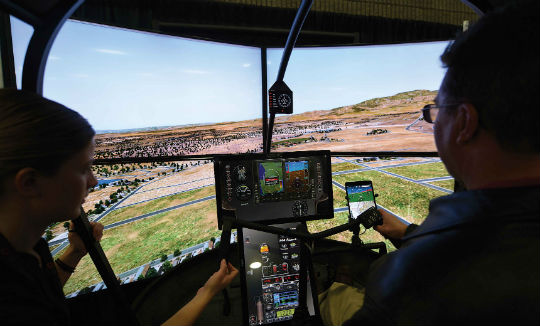
ATDs are simulation training devices that, while approved by the FAA, are less complex than either full flight simulators (FFS) or flight training devices (FTDs). Consequently, they’re also less expensive and more readily available than simulators and FTDs – and are particularly cost-effective for helicopter instrument training.
Once the rule becomes effective on May 12, 2016, pilots will be able to credit up to 20 hours of instrument time in an advanced aviation training device (AATD) toward the requirements for an instrument rating under part 61 of the Federal Aviation Regulations, or credit up to 10 hours in a basic aviation training device (BATD). However, combined use of the two types of device can’t be used to credit any more than 20 hours towards the rating.
The FAA has also revised appendix C of part 141 to allow up 25 percent of creditable time in BATDs and 40 percent in AATDs for the instrument rating. It has not, however, changed the current provision that limits credit for training in FFSs, FTDs, and ATDs, if used in combination, to a maximum of 50 percent of the total flight training hour requirements of an instrument rating course.
For ATDs, these changes still represent a significant increase from the existing regulations, which permit pilots to credit up to 10 hours of instrument time in an ATD toward an instrument rating under part 61, or up to 10 percent of their total required flight time under part 141.
The rule also eliminates the requirement for pilots to wear a view-limiting device while training in an FTD.
The FAA originally attempted to pass these changes in December 2014, but because it was in the form of a direct final rule, it was obligated to withdraw the rule if it received adverse comments – which it did, from two out of the 20 commenters. This still left open the ability to propose a rule through the normal rulemaking process. The comments the FAA received – and its response to them – were discussed in the notice of proposed rulemaking (NPRM) published June 16, 2015.
The FAA received 57 comments in support of the NPRM, and only three commenters opposing the proposed provisions.
“The FAA agrees with the commenters who support increased training time allowances in ATDs, including the statements discussing the increased dynamic training capability of these devices, cost savings, time savings, effective use of scenario-based training, and recent technical advancements that enhance the capabilities of ATDs,” the FAA stated in its final rule. “With over 30 years of experience evaluating, approving, and providing oversight for FSTDs and over 10 years approving ATDs, the FAA recognizes their evolving capabilities, safety benefits, and improved design justifying their increased use and credit for minimum pilot experience requirements.”






